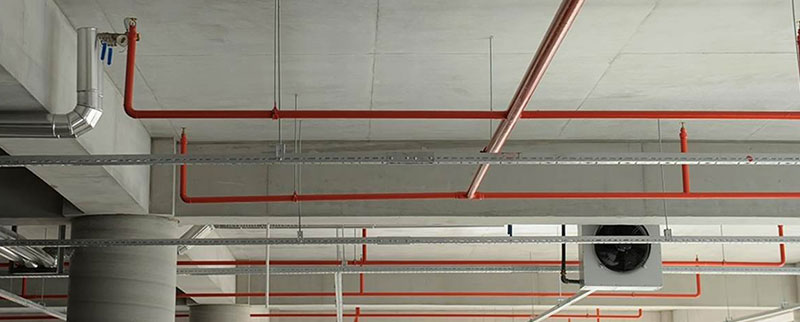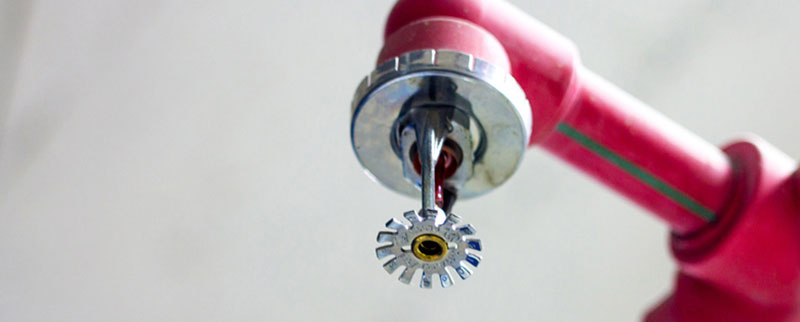A fire sprinkler system is an active fire protection method, consisting of a water supply system, providing adequate pressure and flowrate to a water distribution piping system, onto which fire sprinklers are connected. Although historically only used in factories and large commercial buildings, systems for homes and small buildings are now available at a cost-effective price.[1] Fire sprinkler systems are extensively used worldwide, with over 40 million sprinkler heads fitted each year. In buildings completely protected by fire sprinkler systems, over 96% of fires were controlled by fire sprinklers alone.
ontrary to popular belief, fire sprinklers are not trigged by smoke. It’s an easy mistake to make, since heat is carried upward with smoke from a fire. But if smoke was the trigger, simply burning your toast in the office kitchen could be enough to drench the kitchen with water from a fire sprinkler head.
Fire sprinklers work because high heat triggers the sprinkler system. When a blaze ignites, the air directly above it heats rapidly. This hot air rises and spreads along the ceiling. When the air is hot enough and reaches a sprinkler head, it triggers a chain reaction.
Most sprinkler heads feature a glass bulb filled with a glycerin-based liquid. This liquid expands when it comes in contact with air heated to between 135 and 165 degrees. When the liquid expands, it shatters its glass confines and the sprinkler head activates.



